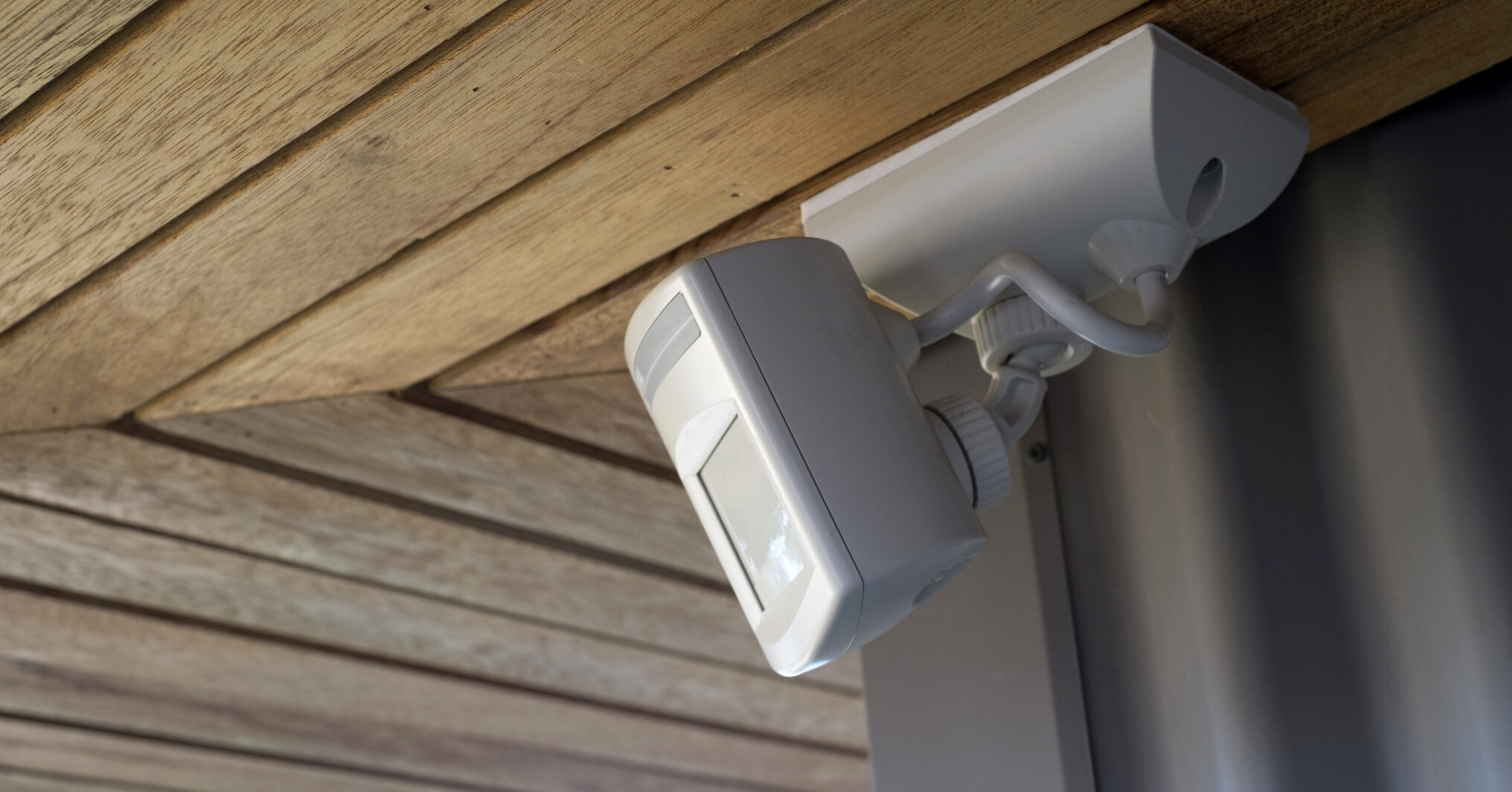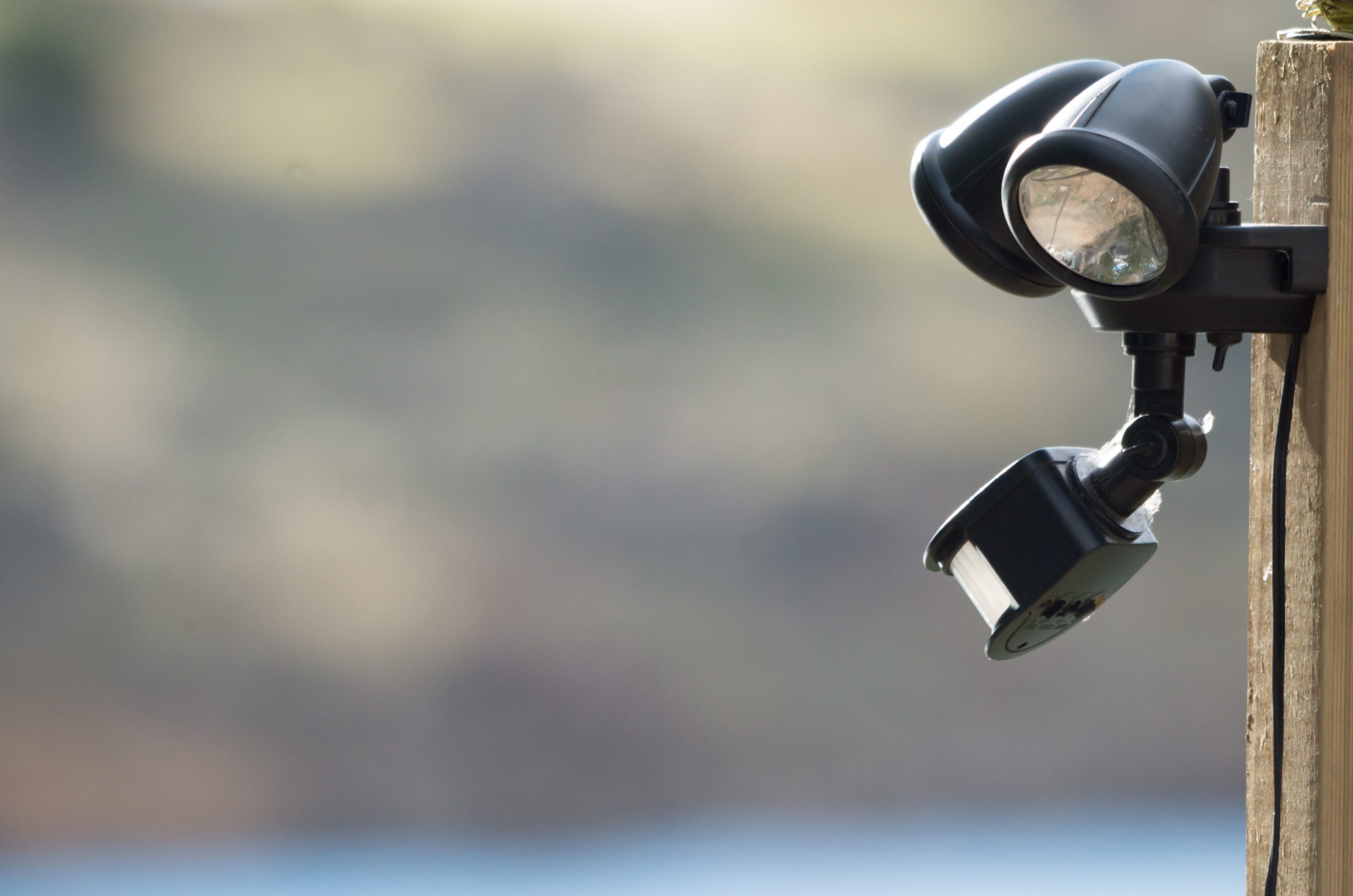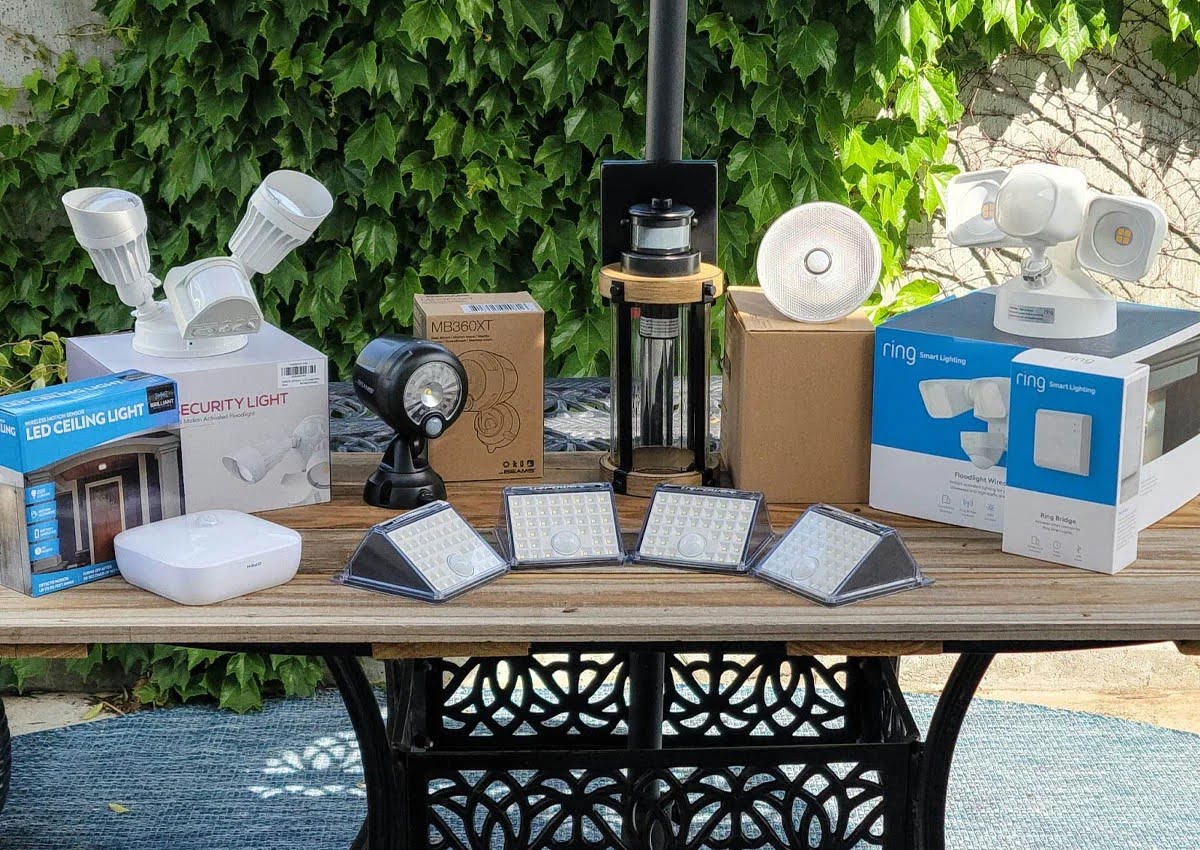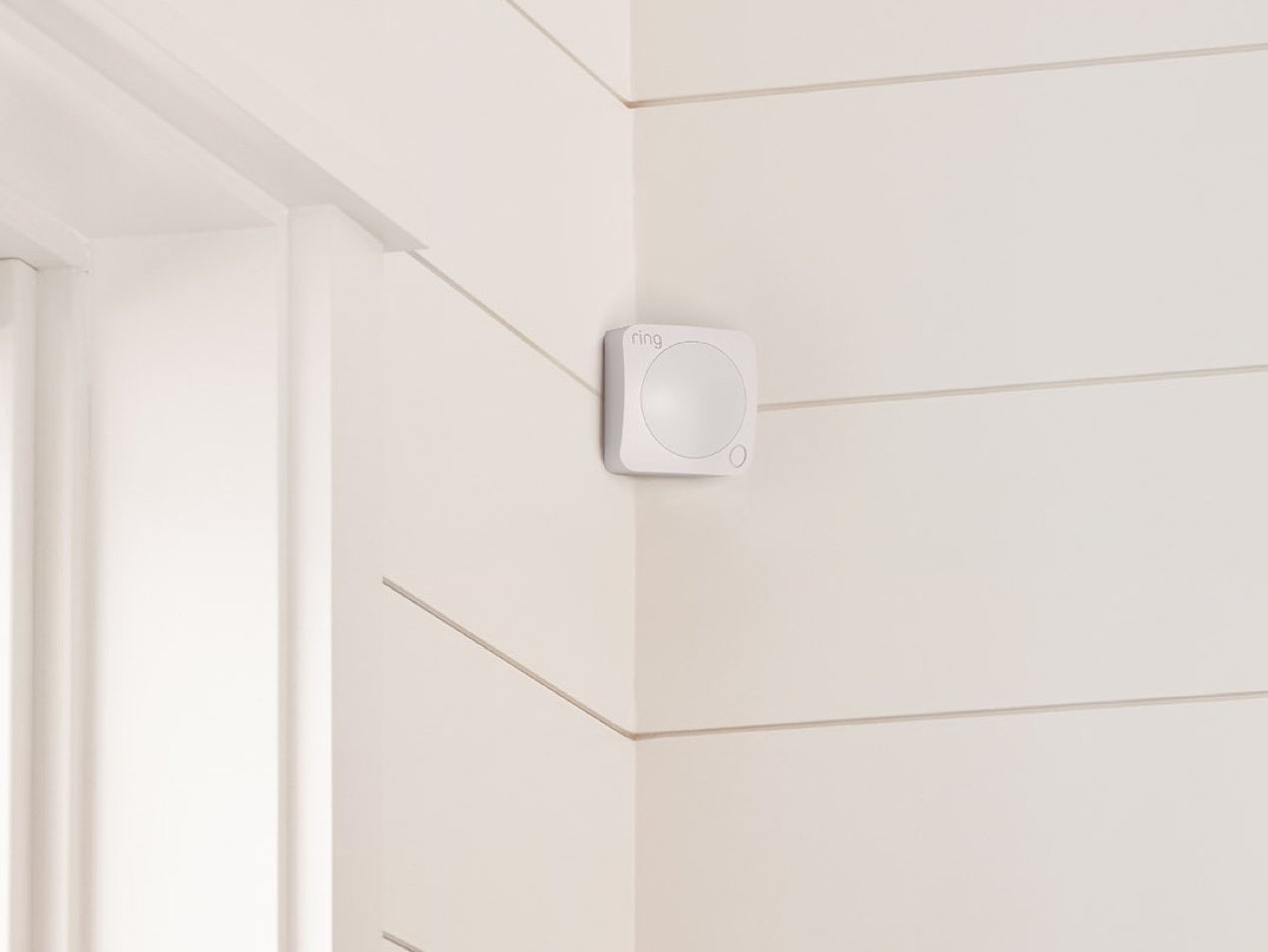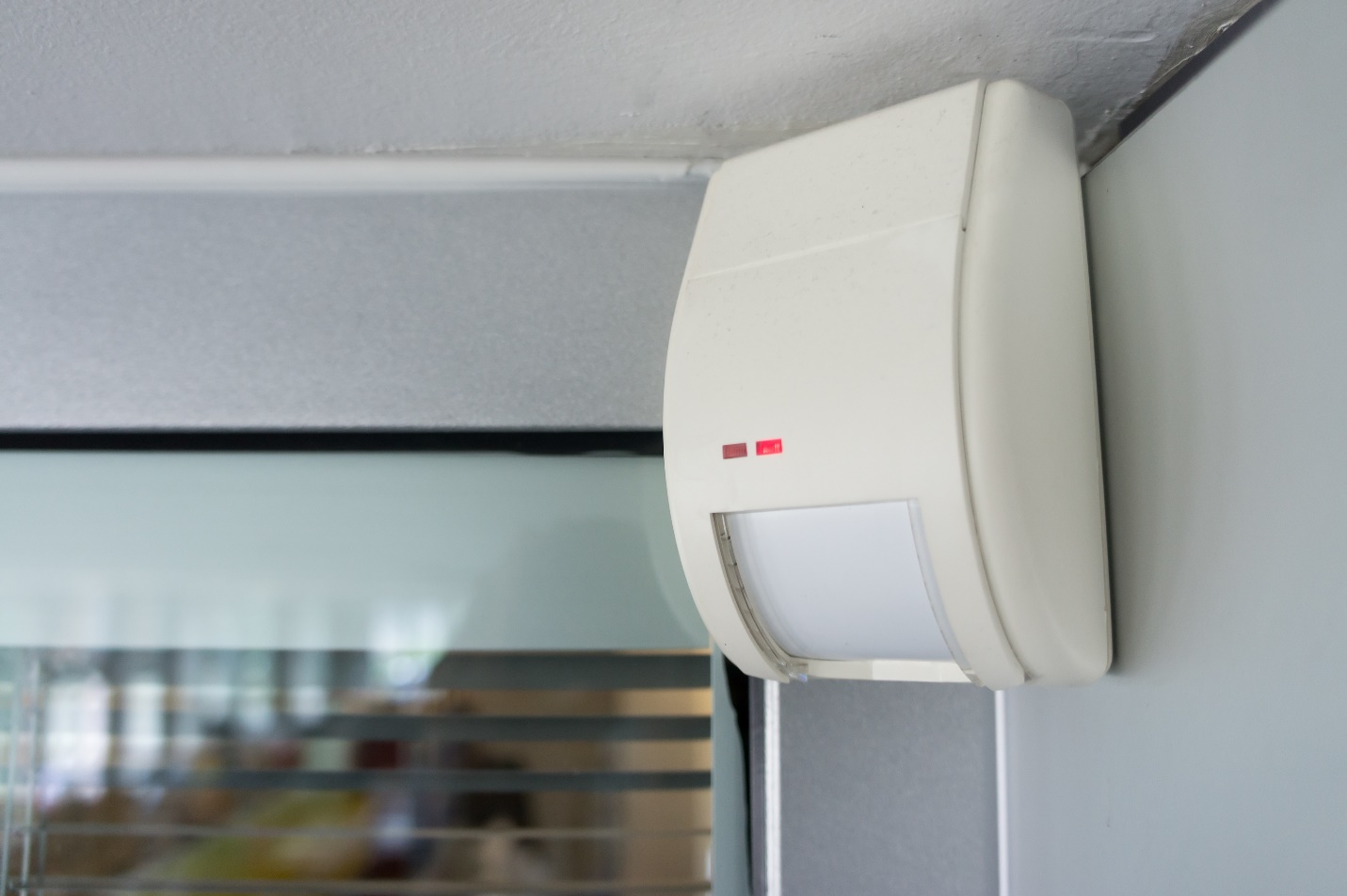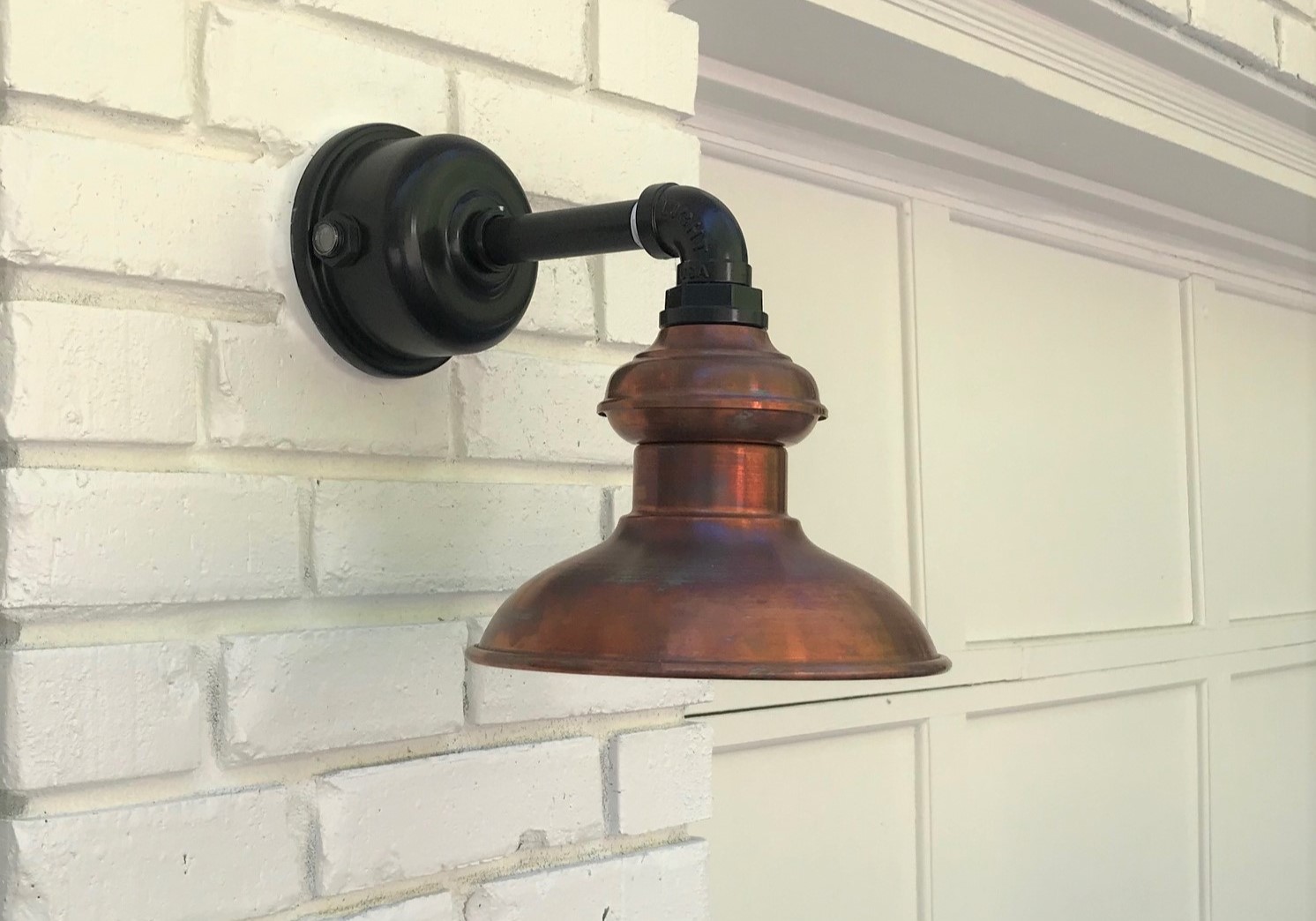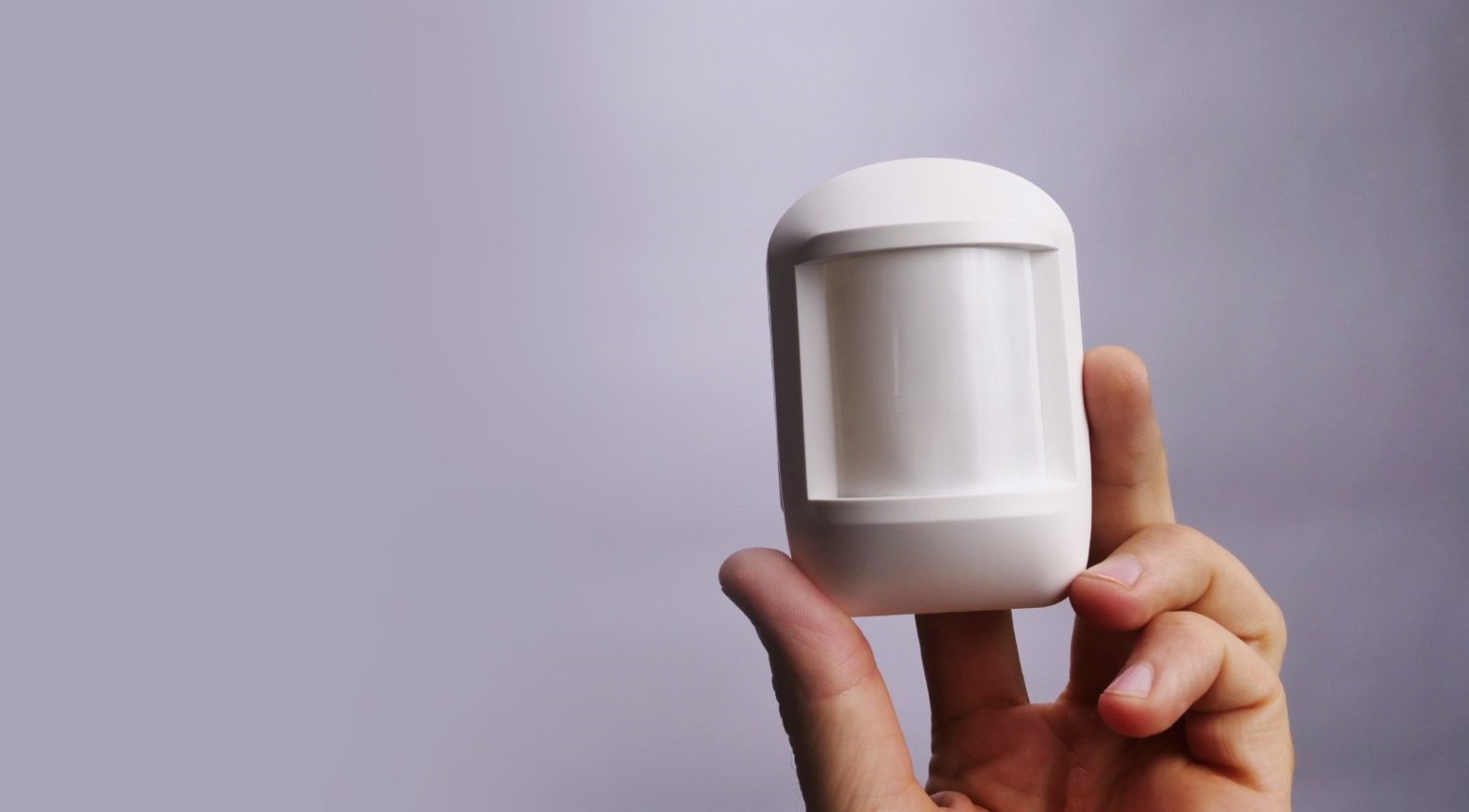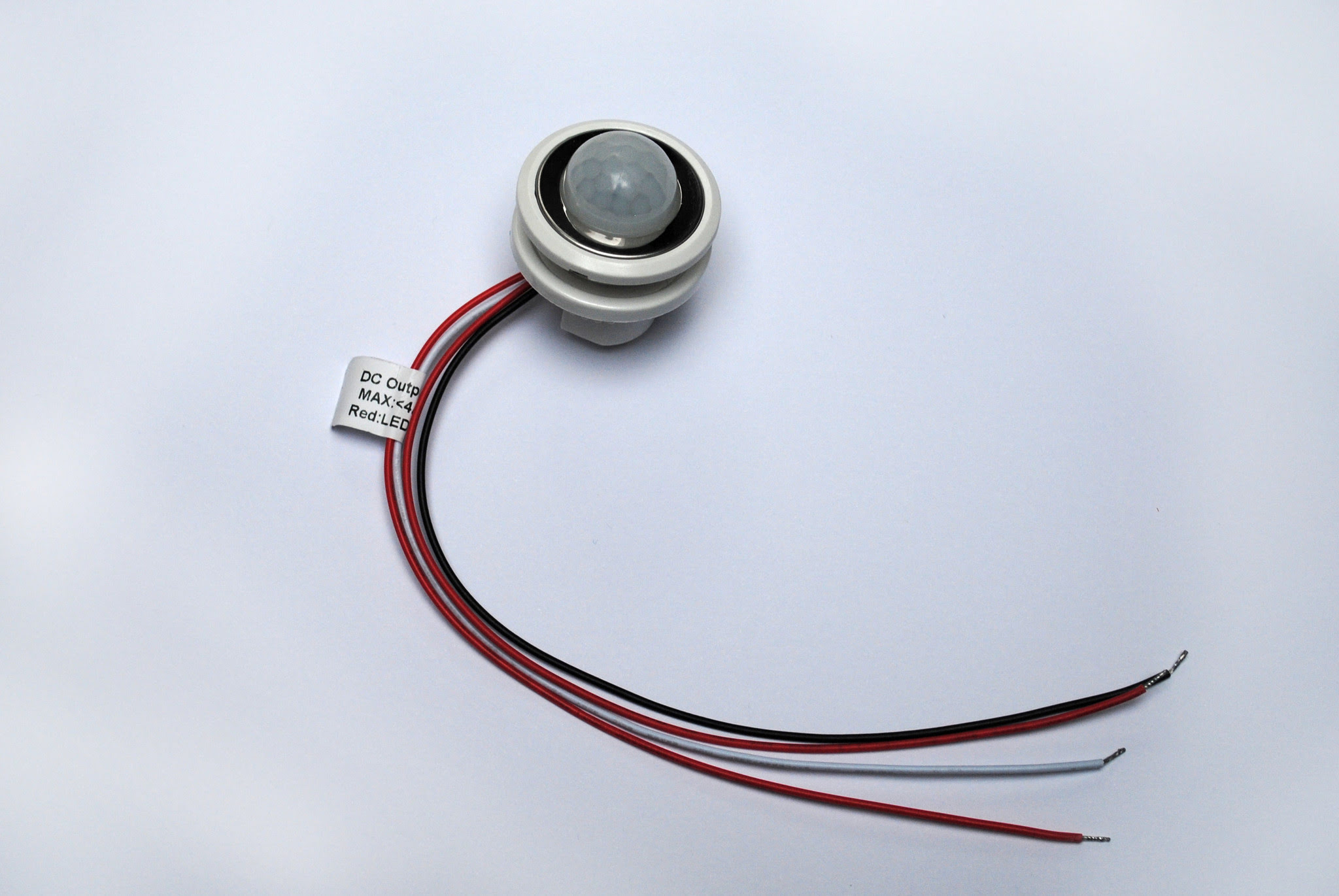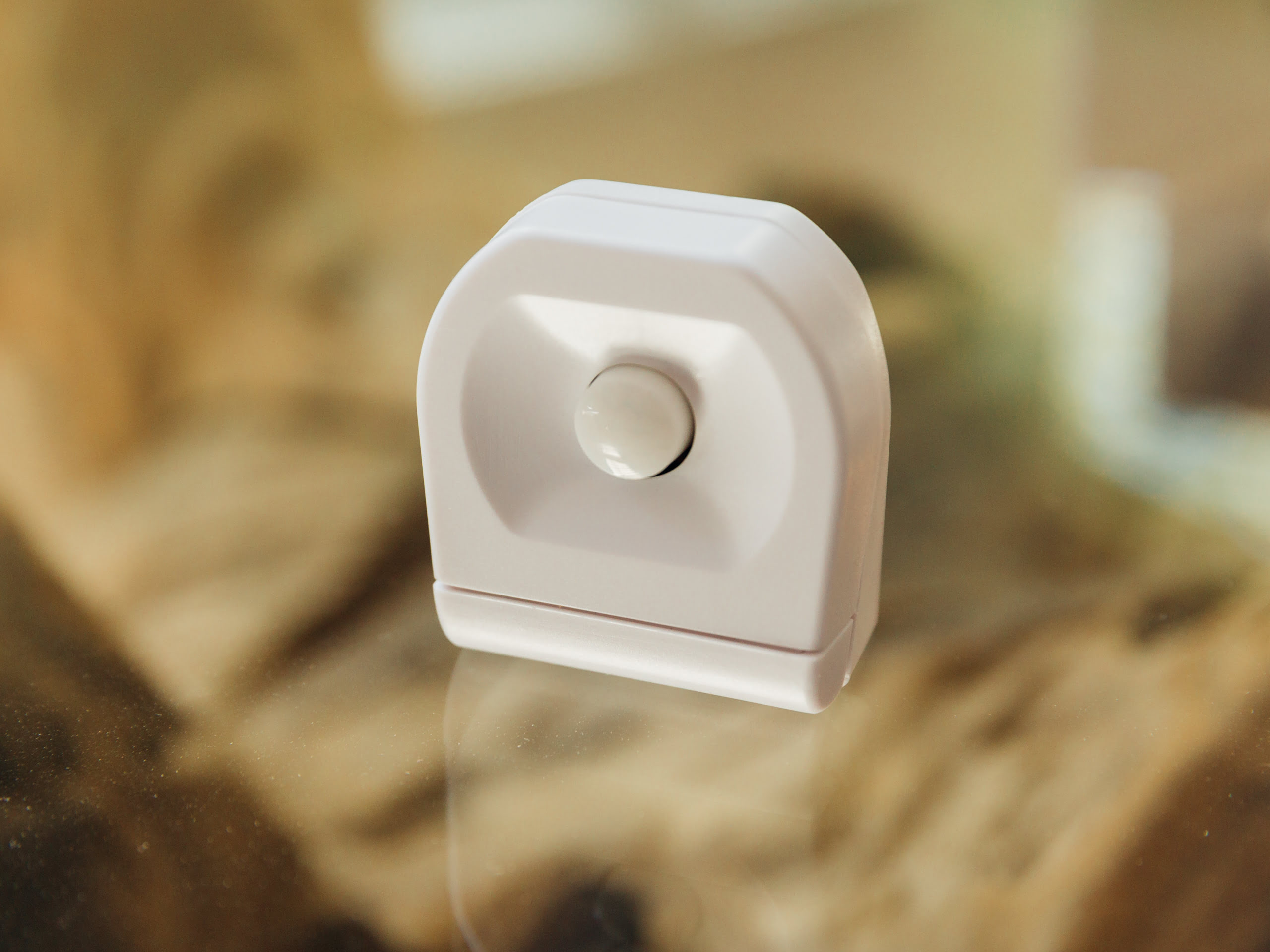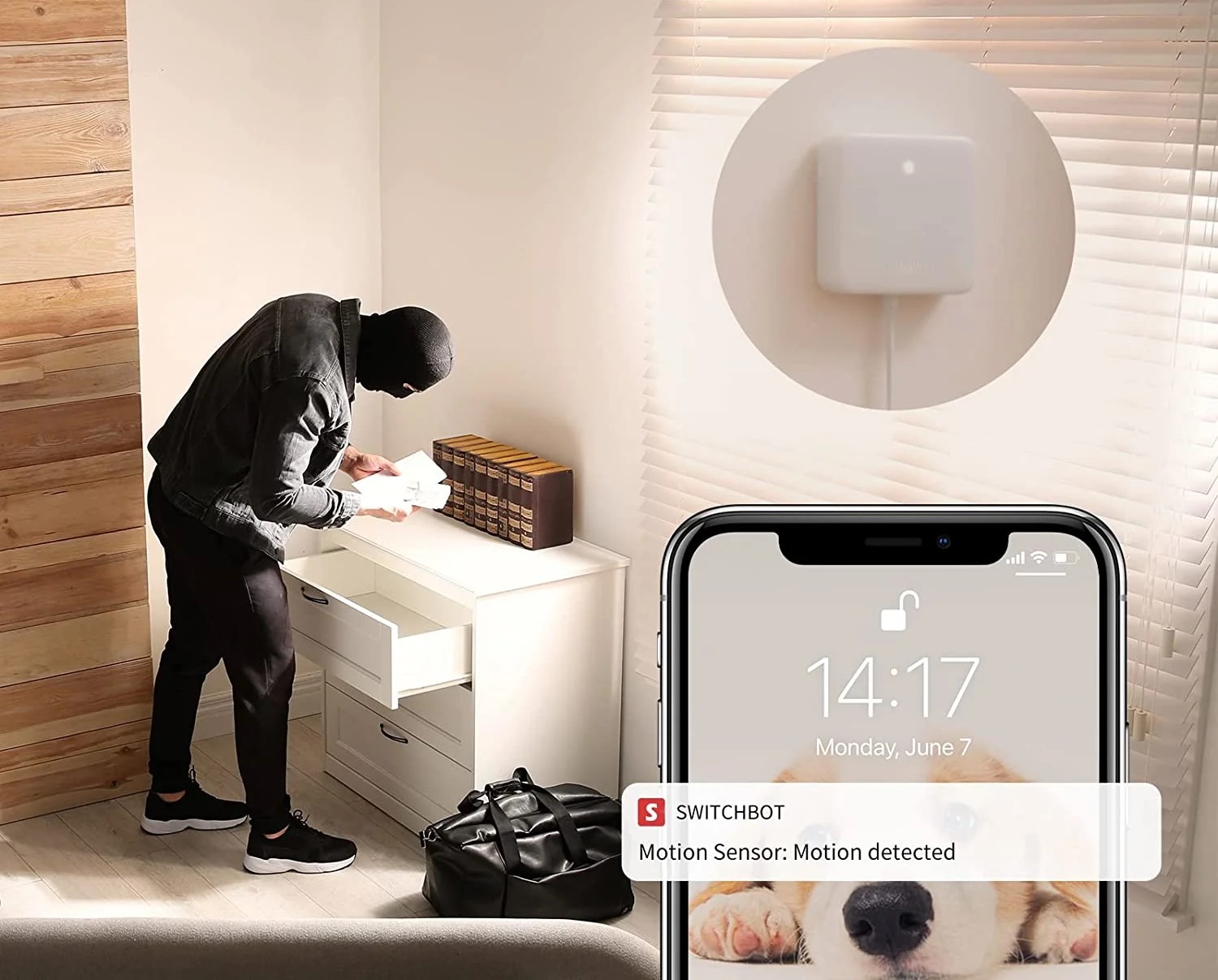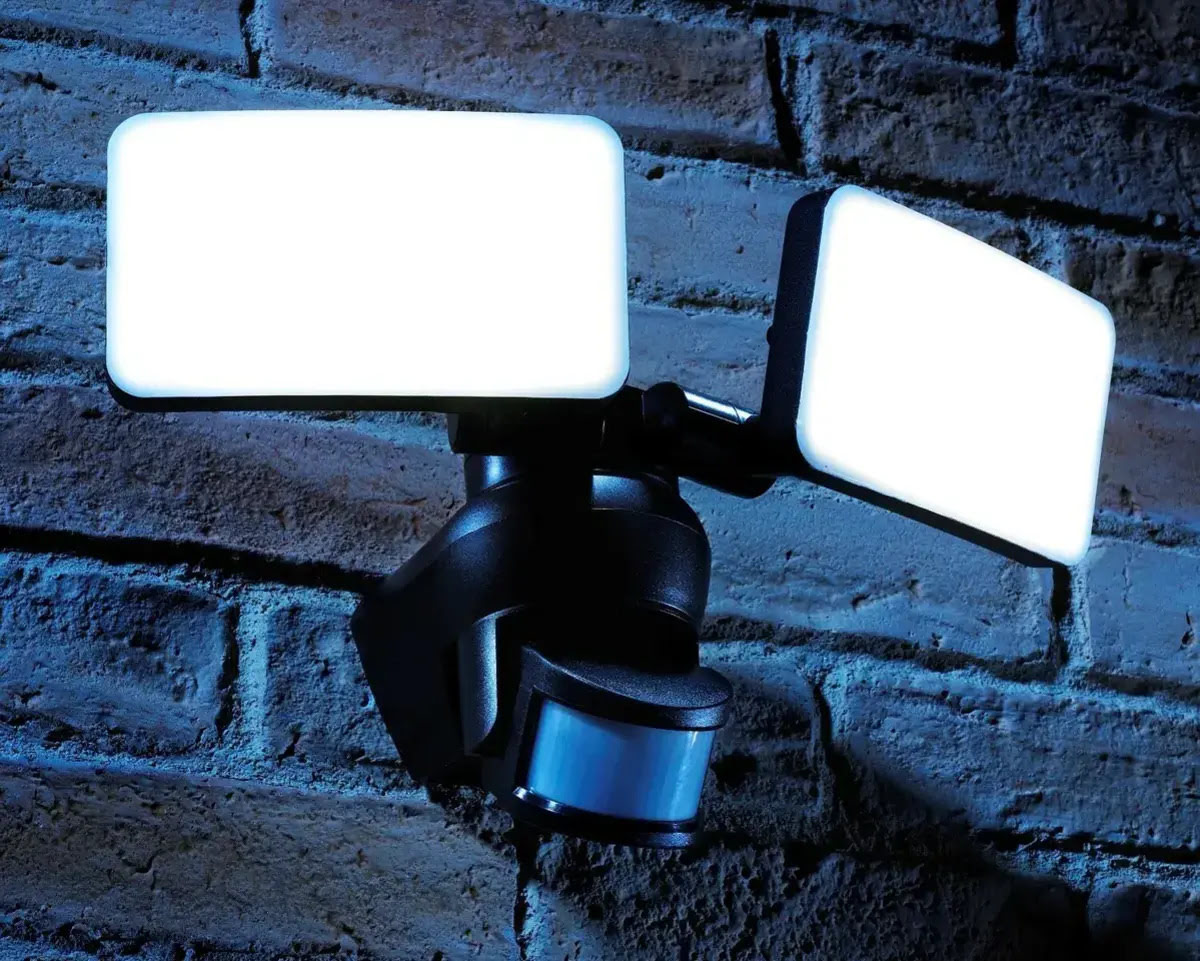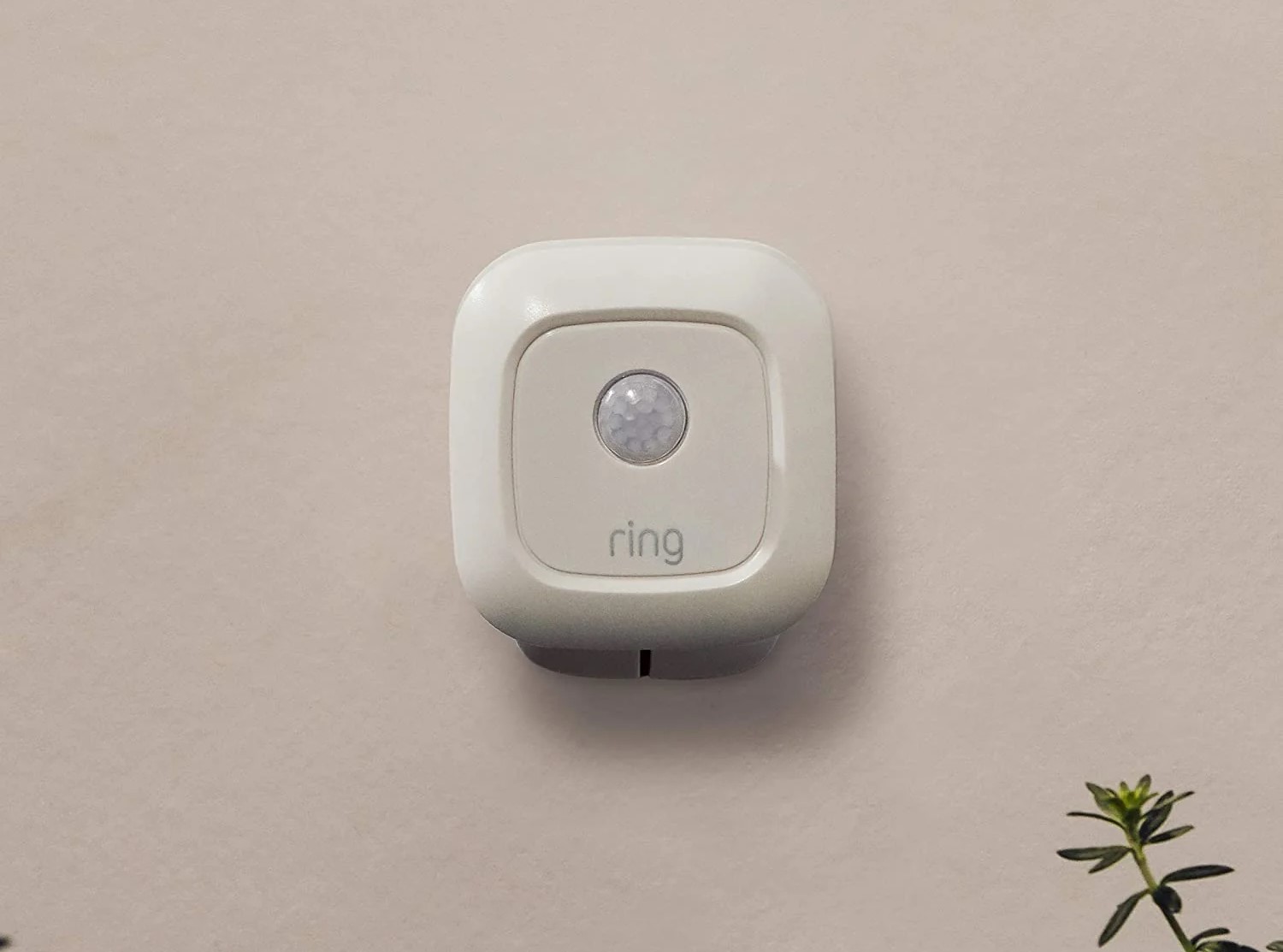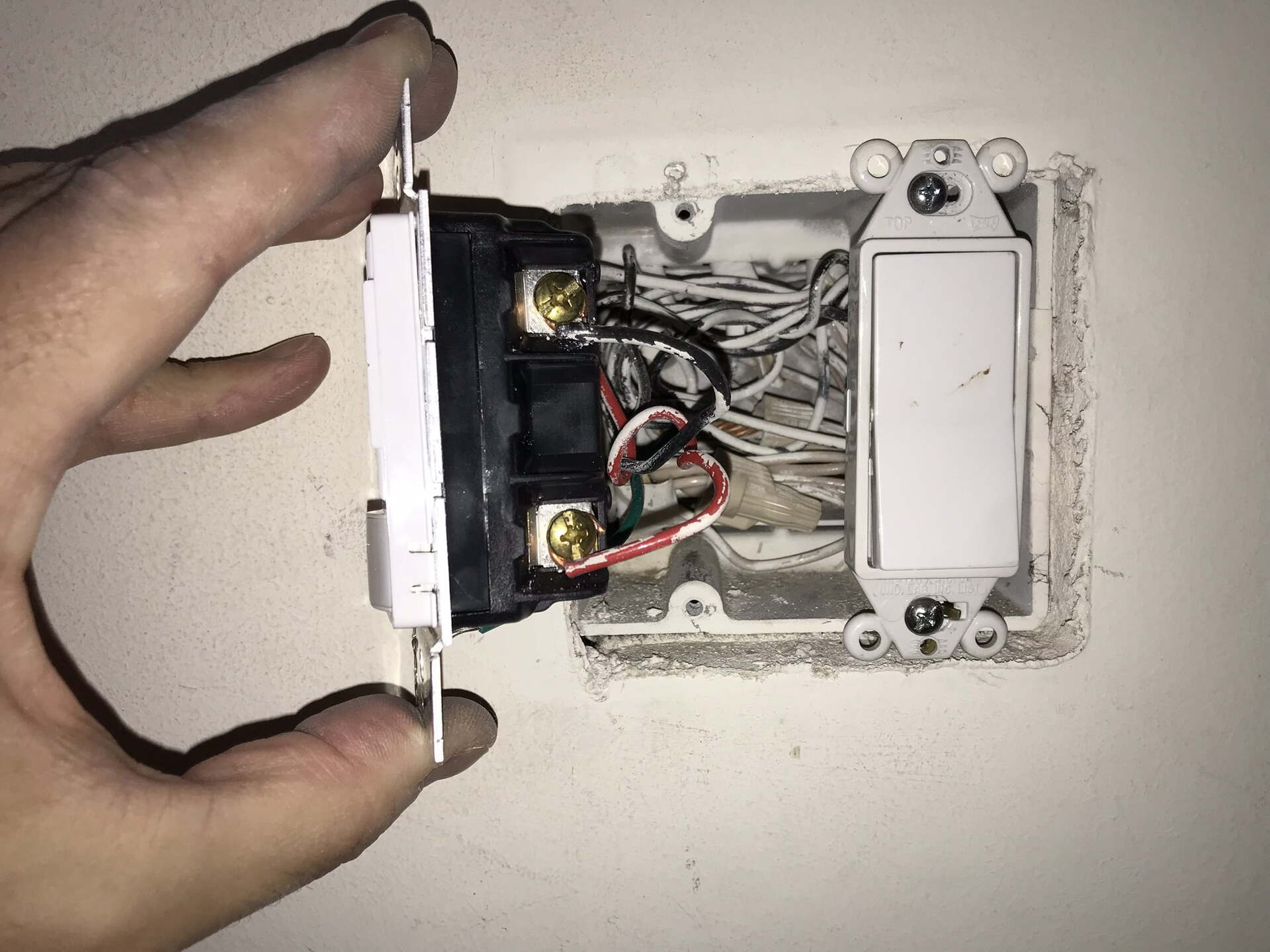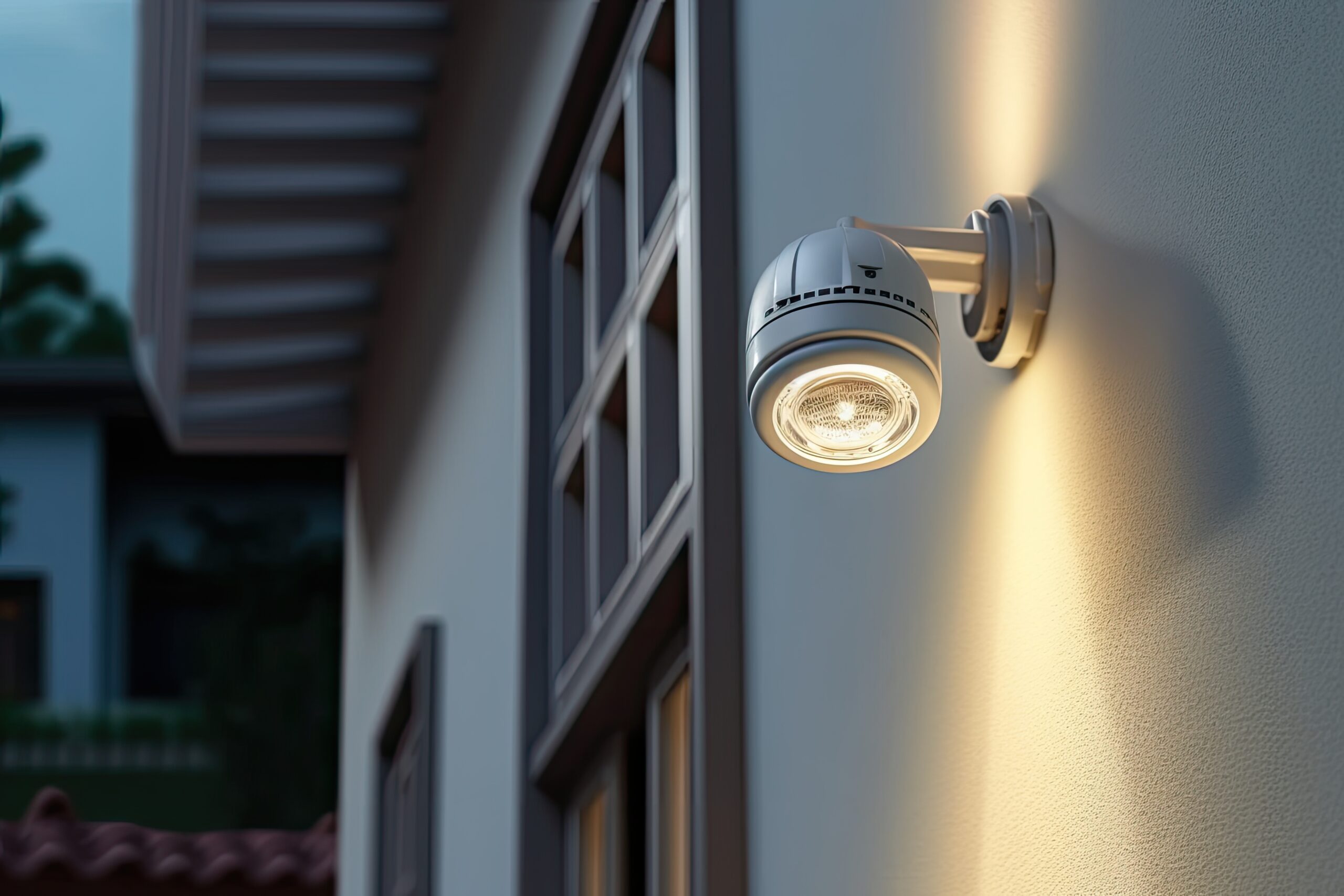Home>Home Security and Surveillance>Where Is The Photocell In My Outdoor Motion Detector
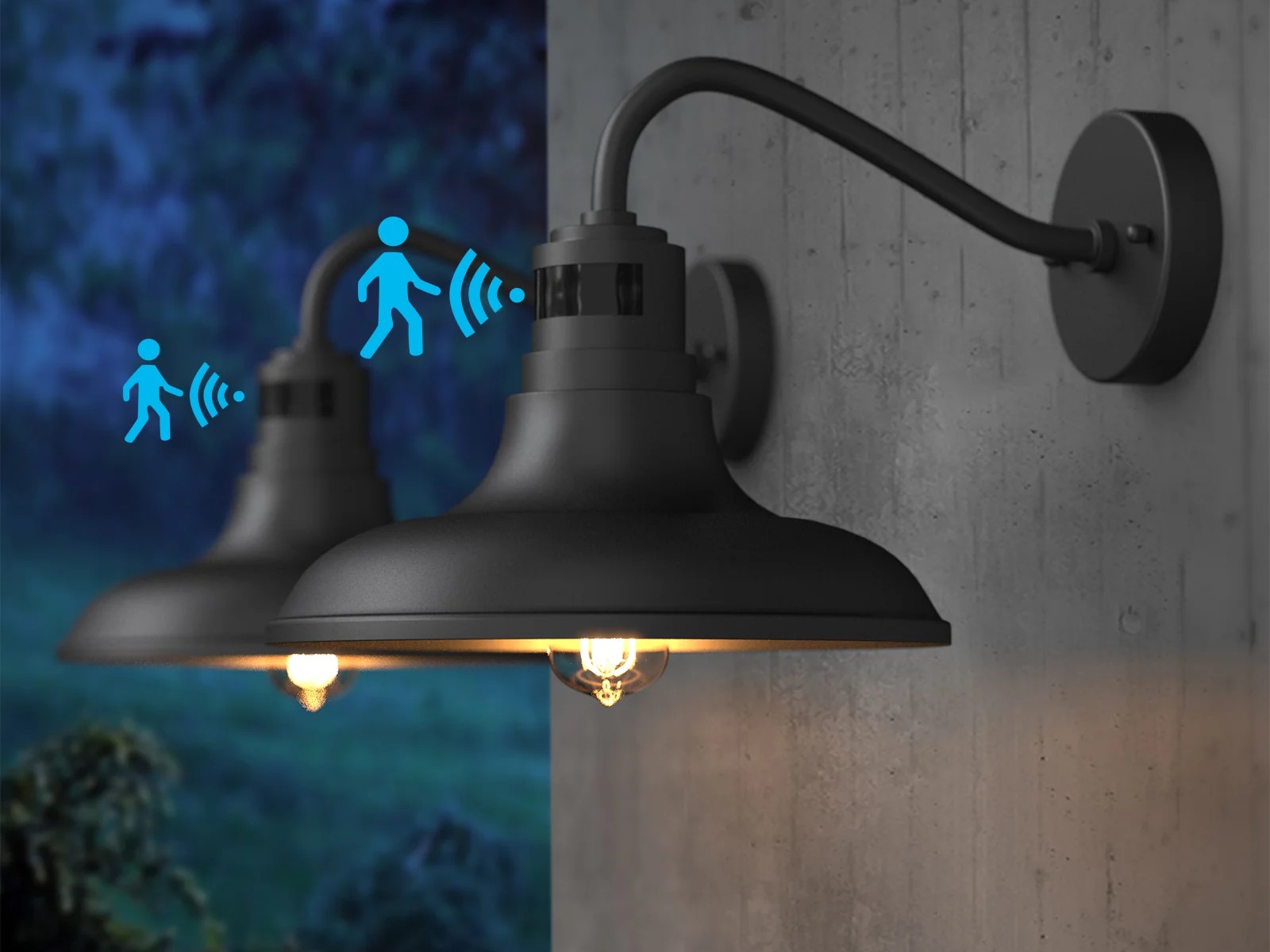

Home Security and Surveillance
Where Is The Photocell In My Outdoor Motion Detector
Modified: March 6, 2024
Find out the location of the photocell in your outdoor motion detector for improved home security and surveillance.
(Many of the links in this article redirect to a specific reviewed product. Your purchase of these products through affiliate links helps to generate commission for Storables.com, at no extra cost. Learn more)
Introduction
Outdoor motion detectors are an essential component of home security systems, providing an extra layer of protection against potential intruders. These detectors use advanced technology to detect movement within their vicinity and trigger alarms or alerts. They are commonly used in residential and commercial settings to safeguard properties and enhance the overall safety of inhabitants.
Understanding how outdoor motion detectors work and their various components is crucial in optimizing their effectiveness. One important component of these detectors is the photocell, which plays a significant role in their overall functionality. In this article, we will delve into the specifics of the photocell in outdoor motion detectors, its location, importance, and troubleshooting tips to maintain its efficiency.
By gaining a comprehensive understanding of the photocell in outdoor motion detectors, you can better appreciate its role in enhancing home security and surveillance. So, let’s dive deeper into the world of outdoor motion detectors and shed light on the importance of the photocell in this intricate system.
Key Takeaways:
- The photocell in outdoor motion detectors adjusts sensitivity based on light, preventing false alarms and conserving energy. Regular cleaning and testing ensure optimal performance for reliable security coverage.
- Proper placement and maintenance of the photocell are crucial. Follow manufacturer’s guidelines, clean the lens, check for obstructions, and adjust sensitivity to maximize effectiveness.
Understanding Outdoor Motion Detectors
Outdoor motion detectors are electronic devices designed to detect movement within a specific area or zone. They are commonly used in home security systems to detect unauthorized entry or suspicious activity. These detectors utilize a variety of technologies, including passive infrared (PIR), microwave, and dual technology, to accurately detect motion.
Passive infrared technology, or PIR, is the most commonly used technology in outdoor motion detectors. PIR detectors work by sensing changes in heat patterns within their field of view. When a warm object, such as a person or animal, enters the detection zone, the PIR sensor detects the change in infrared radiation and triggers an alarm or activates the security measures.
Another technology used in outdoor motion detectors is microwave. Microwave detectors emit continuous microwave signals and measure the reflections caused by moving objects. When there is a change in the reflected signal, such as when an intruder walks into the detection zone, the detector is triggered.
Dual technology motion detectors combine the benefits of both PIR and microwave technologies. By utilizing both heat and microwave detection, these detectors are able to reduce false alarms and provide more accurate motion detection.
When it comes to outdoor motion detectors, it is important to consider factors such as the detection range, sensitivity, and pet immunity. The detection range determines the coverage area of the detector, while sensitivity refers to the level of motion required to trigger the sensor. Some detectors also offer pet immunity features, which prevent false alarms caused by small animals.
Understanding the different technologies and features of outdoor motion detectors is essential in selecting the right detector for your specific security needs. By choosing the appropriate detector, you can ensure optimal performance and accurate motion detection, providing you with peace of mind and confidence in your security system.
Components of an Outdoor Motion Detector
Outdoor motion detectors consist of several key components that work together to detect and react to motion within their coverage area. Understanding these components can help you make informed decisions when choosing an outdoor motion detector for your home security system. Let’s explore the main components of an outdoor motion detector:
1. Sensor: The sensor is the heart of the outdoor motion detector. It detects changes in the environment and triggers the alarm or activates the security measures. The most common type of sensor used in motion detectors is the passive infrared (PIR) sensor, which detects changes in heat patterns caused by moving objects.
2. Lens: The lens is located in front of the sensor and helps focus the detection range of the motion detector. It determines the width and depth of the detection zone. Different lenses can be used to adjust the coverage area based on your specific needs.
3. Housing: The housing of an outdoor motion detector provides protection for the internal components. It is designed to withstand harsh weather conditions, such as rain, snow, and extreme temperatures. The housing should be durable and weatherproof to ensure the longevity of the motion detector.
4. Control Panel: The control panel is the brain of the motion detector. It receives signals from the sensor and interprets the data to determine if there is a genuine motion event. It then triggers the alarm or activates the security measures accordingly.
5. Power Source: Outdoor motion detectors require a power source to operate. They can be powered by batteries or connected to a wired power supply. Battery-powered detectors offer flexibility in terms of placement but may require regular battery changes. Wired detectors provide continuous power but require appropriate wiring and installation.
6. Alarm or Notification System: When motion is detected, the outdoor motion detector triggers an alarm or sends a notification to the designated receiver. This can be in the form of a loud siren, flashing lights, or a notification sent to your smartphone or security system monitoring service.
7. Adjustable Settings: Outdoor motion detectors often come with adjustable settings that allow you to customize the sensitivity, range, and duration of the motion detection. These settings help optimize the detector’s performance based on your specific security requirements.
Understanding the components of an outdoor motion detector allows you to make an informed decision when selecting the right detector for your home security needs. By considering these components and their features, you can ensure that your outdoor motion detector functions effectively and provides reliable motion detection for your property.
Location of the Photocell in Outdoor Motion Detector
The photocell is an integral component of an outdoor motion detector that plays a crucial role in its functionality. It is responsible for sensing the ambient light conditions and adjusting the sensitivity of the motion detector accordingly. By understanding the optimal location of the photocell within the detector, you can ensure its accuracy and effectiveness. Let’s explore the recommended placement of the photocell in an outdoor motion detector:
1. Exterior Surface: The photocell is typically located on the exterior surface of the motion detector housing. It is positioned in a way that allows it to directly detect the surrounding light conditions. This placement ensures accurate measurement of the ambient light levels and enables the motion detector to adjust its sensitivity based on the detected light intensity.
2. Unobstructed Position: It is crucial to ensure that the photocell is placed in an unobstructed position, free from any physical barriers that may block or interfere with the incoming light. Obstructions such as trees, walls, or other objects can cast shadows or create reflections that may affect the accuracy of the photocell.
3. Avoid Direct Sunlight: While it is important to place the photocell in an area that receives natural light, it is equally important to avoid direct exposure to sunlight. Direct sunlight can cause variations in the light intensity and lead to false triggering of the motion detector. It is recommended to position the photocell in a shaded area or use a cover to protect it from direct sunlight.
4. Angle of Detection: The angle at which the photocell is positioned can influence its performance. It is generally recommended to align the photocell at a slight downward angle to prevent the detection of excessive light coming from the sky. This helps the detector focus on the ground level where the motion detection is required.
5. Testing and Fine-tuning: Once the outdoor motion detector with the photocell is installed, it is essential to test its functionality and fine-tune the sensitivity settings if necessary. This involves verifying that the photocell accurately detects changes in ambient light conditions and adjusts the sensitivity accordingly.
By properly locating the photocell in an outdoor motion detector, you can ensure that it functions optimally and provides accurate motion detection. It is important to follow the manufacturer’s guidelines and recommendations for the specific motion detector model to ensure proper installation and reliable performance.
The photocell in your outdoor motion detector is usually located on the front or top of the unit, near the light sensor. It is responsible for detecting changes in light levels and triggering the motion sensor.
Importance of the Photocell in Outdoor Motion Detectors
The photocell is a significant component of outdoor motion detectors, playing a crucial role in their functionality and effectiveness. It is responsible for detecting and measuring the ambient light levels in the surrounding environment. The importance of the photocell in outdoor motion detectors can be understood through the following points:
1. Sensitivity Adjustment: The photocell allows the outdoor motion detector to automatically adjust its sensitivity based on the ambient light conditions. During daylight hours when natural light is abundant, the photocell increases the sensitivity of the detector to accurately detect any changes or movements. In low light or nighttime conditions, the sensitivity is reduced to prevent false alarms caused by activities such as tree branches swaying in the wind or small animals moving.
2. False Alarm Prevention: By accurately measuring the light levels, the photocell helps prevent false alarms triggered by external factors such as shadows, reflections, or changes in natural light. This ensures that the motion detector responds only to genuine motion events within its coverage area, increasing the reliability of the entire security system.
3. Energy Efficiency: The inclusion of a photocell in outdoor motion detectors promotes energy efficiency. When the photocell detects sufficient ambient light, it can automatically adjust the detector’s sensitivity to a lower level or even deactivate it during daylight hours. This helps conserve energy, extend the life of batteries if the detector is battery-powered, and reduces the overall power consumption of the security system.
4. Adaptability to Changing Light Conditions: Outdoor environments experience constant changes in natural light, such as during sunrise, sunset, or varying weather conditions. The photocell enables the motion detector to adapt to these changing light conditions seamlessly. This ensures that the motion detection remains accurate and reliable, regardless of the time of day or weather situation.
5. Enhanced Security Coverage: The photocell allows outdoor motion detectors to provide enhanced security coverage by adjusting their sensitivity based on the prevailing light conditions. This ensures that the detector is always ready to detect any suspicious movement, whether in bright daylight or under the cover of darkness. It helps create a comprehensive security system that effectively protects your property and provides peace of mind.
In summary, the photocell in outdoor motion detectors is of utmost importance for sensitivity adjustment, false alarm prevention, energy efficiency, adaptability, and enhanced security coverage. Its role in accurately measuring ambient light levels enables the motion detector to function optimally and provide reliable motion detection. It is essential to properly maintain and ensure the correct placement of the photocell to maximize the effectiveness of the overall security system.
Read more: Where Is The Motion Detector On Mini Cams
Troubleshooting and Maintaining the Photocell in Outdoor Motion Detectors
Proper maintenance and troubleshooting of the photocell in outdoor motion detectors are crucial to ensure their optimal performance and reliability. By following a few key steps, you can troubleshoot common issues and maintain the functionality of the photocell. Here are some tips to help you in troubleshooting and maintaining the photocell:
1. Cleaning the Photocell: Over time, the photocell lens can accumulate dirt, dust, or debris, which can hinder its performance. Regularly clean the photocell lens using a soft, lint-free cloth or a specialized lens cleaning solution. Ensure that the cloth or solution is gentle enough not to scratch or damage the lens. Cleaning the photocell will improve its sensitivity and accuracy in detecting ambient light.
2. Checking for Obstructions: Obstructions such as leaves, spider webs, or dirt can affect the performance of the photocell. Inspect the housing of the outdoor motion detector and remove any physical barriers that may obstruct the incoming light to the photocell. Ensure that the photocell is positioned in an unobstructed location for accurate light measurement.
3. Adjusting Sensitivity: If you are experiencing false alarms or missed detections, you may need to adjust the sensitivity settings of the motion detector. Refer to the manufacturer’s instructions for your specific model on how to adjust the sensitivity. Increase the sensitivity if the detector is not detecting motion properly, or decrease it if false alarms are frequent. The photocell plays a role in this adjustment by influencing the sensitivity based on the ambient light levels.
4. Checking Power Source: If the outdoor motion detector is powered by batteries, ensure that the batteries are adequately charged or replaced as needed. Low battery power can affect the performance of the entire detector, including the photocell. For wired detectors, check the power connection to ensure a stable power supply.
5. Testing at Different Times: To ensure the accurate functioning of the photocell, conduct tests at different times of the day or night. This allows you to observe how the motion detector adjusts its sensitivity based on the varying light conditions. Make adjustments if necessary to optimize its performance.
6. Following Manufacturer’s Guidelines: Always refer to the manufacturer’s guidelines and recommendations for troubleshooting and maintenance specific to your outdoor motion detector model. Each detector may have unique features and requirements, and following the instructions provided by the manufacturer ensures the best results.
By regularly maintaining and troubleshooting the photocell in your outdoor motion detector, you can ensure its optimal performance and accuracy in detecting motion. A well-functioning photocell contributes to the overall effectiveness of your home security system, providing you with reliable and comprehensive protection.
Conclusion
In conclusion, outdoor motion detectors play a vital role in enhancing the security and surveillance of your home or property. Understanding the components and functionality of these detectors is crucial in optimizing their effectiveness. The photocell, in particular, is a significant component that allows the motion detector to adjust its sensitivity based on the ambient light conditions. By accurately measuring light levels, the photocell helps prevent false alarms, conserve energy, and provide reliable motion detection.
Proper placement, maintenance, and troubleshooting of the photocell ensure its optimal performance. Cleaning the photocell lens, checking for obstructions, and adjusting sensitivity settings are key steps to maintaining the functionality of the photocell. Regular tests at different times of the day or night help monitor its performance and make necessary adjustments.
Remember to follow the manufacturer’s guidelines and recommendations for your specific outdoor motion detector model. Each detector may have unique features and requirements, and adhering to the manufacturer’s instructions ensures the best results.
By paying attention to the photocell in your outdoor motion detector, you can enhance the overall security of your property. Whether it’s preventing false alarms, optimizing energy efficiency, or providing reliable security coverage, the photocell is an essential component that contributes to the effectiveness of your home security system.
Investing in a quality outdoor motion detector with a well-functioning photocell is an investment in the safety and peace of mind of your household. So, take the time to understand and maintain the photocell, and enjoy the added security and surveillance it brings to your property.
Frequently Asked Questions about Where Is The Photocell In My Outdoor Motion Detector
Was this page helpful?
At Storables.com, we guarantee accurate and reliable information. Our content, validated by Expert Board Contributors, is crafted following stringent Editorial Policies. We're committed to providing you with well-researched, expert-backed insights for all your informational needs.
